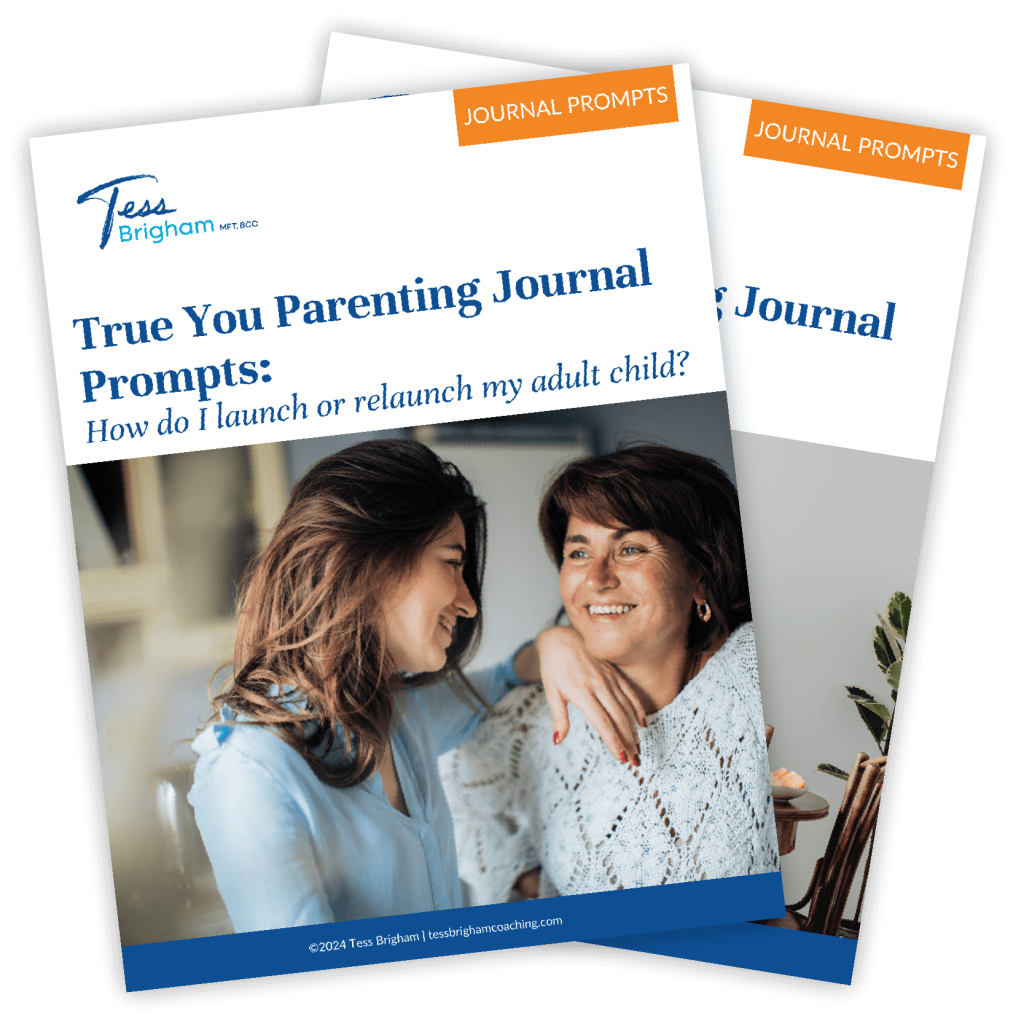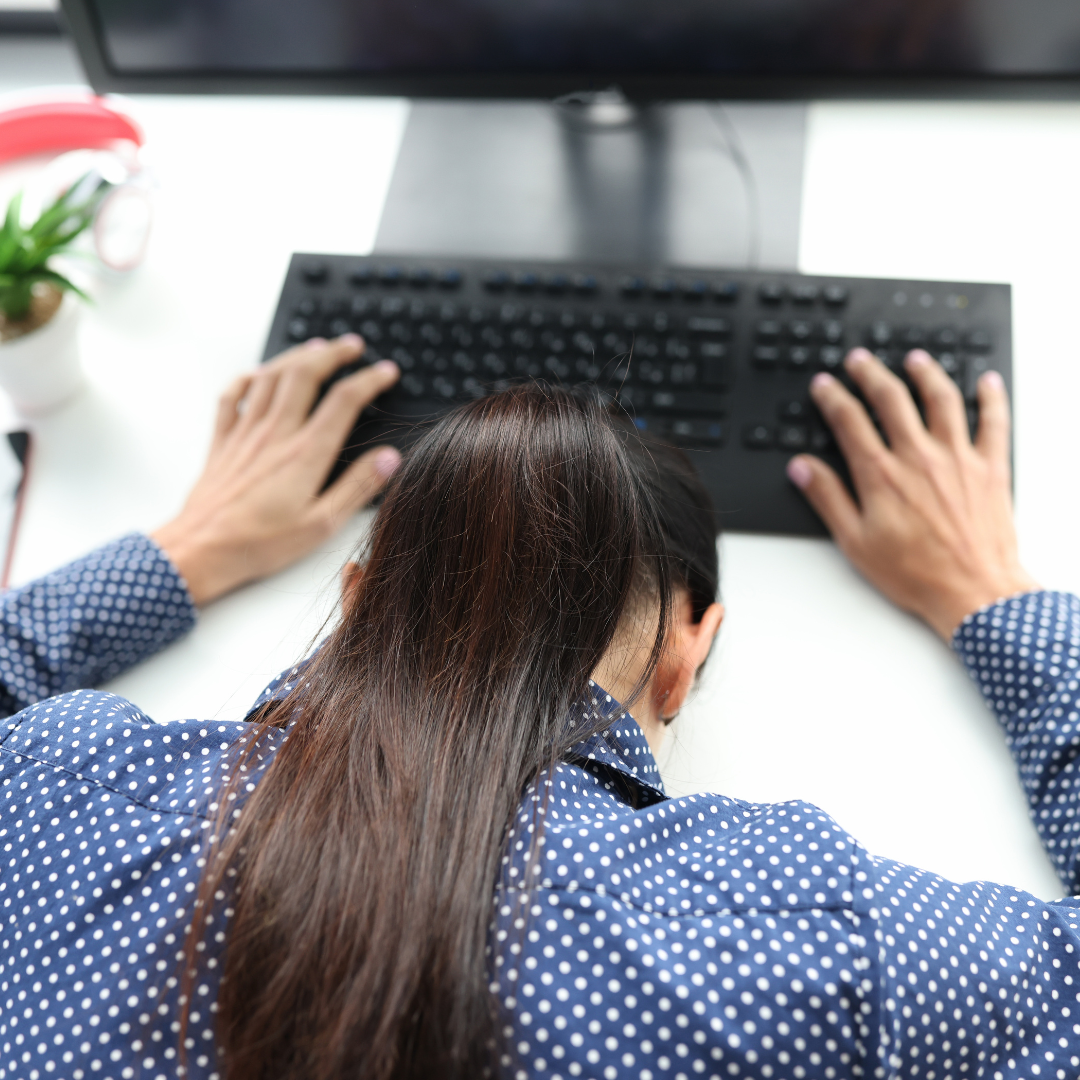Stop Trying to Make ‘Multitasking’ Happen: 5 Ways to Beat Workplace Distractions and Keep Yourself on Task
Your plan was to start working at 9 a.m. on the dot. It’s now 9:13 a.m. and you’ve opened up the Google doc with your notes. “I’ve got to get this done,” you think to yourself. Then an email pops up…”Let me check. It might be something important. Oh…it’s nothing. OK it’s time to start really focusing…oh wait…I need to send an email to my son’s school. After I write the email, I’ll get started on the article.” It’s now 9:45 a.m. and you realize you won’t get as much completed as you thought but you think, “That’s OK, I’ll work on it tomorrow…ooooh a text….”
Maybe this wasn’t the first time you’ve struggled with setting a goal for yourself only to get distracted by emails, text messages and, yes, even your own thoughts. This is a daily issue for millions of other people across the globe. According to the “Udemy in Depth: 2018 Workplace Distraction Report,” 54% of participants report they are not performing as well as they should and 70% of participants agree training can help them better block out distractions.
It would seem remote work would “solve” many of the challenges employees were struggling with only a few years ago. No noisy coworkers talking loudly at their desks, no manager stopping by asking “how’s it going?” and no more direct reports popping in your office with just a “quick question.” Unfortunately, it seems to be getting worse.
The 2021 Remote Working Report found that 73% of remote workers felt worse as a result of long-term working from home with 39% reporting they feel even more stress now than before. There are a number of factors that contribute to these findings. While many remote workers have been able to shelter in place and thus are at a lower risk of contracting the virus, the overall day-to-day stress of the pandemic combined with learning how to do their jobs in a whole new way contributes to the increase in overall stress of these remote workers.
There’s also another factor that has been a challenge for all workers for close to a decade now: the expectation of always “being on” and our new remote work culture is making this more and more difficult for workers to determine when they get to “turn off.” Additionally, the Remote Working Report found that 46% of remote workers feel under pressure to respond to emails after hours. The pressure to check emails during off-hours was a problem before the pandemic but it seems to be getting worse.
We continue to build better and faster technology which does help us do things we’ve never been able to do before but it leaves us with a daily predicament. To check or not to check? And if you check, do you respond? Resisting the temptation to check email is like wanting to get off sugar while having a plate of donuts attached to your hand. This is what we were grappling with before the pandemic.
Without the physical boundary of the office, the lines are getting blurrier and blurrier to the point where so many workers are simply saying, “I’ve got all this work to do and I can’t go anywhere, I might as well just keep working.” Even when you’re sitting at home watching TV your laptop is a constant reminder of the guilt you feel because you’re not working. The thought, “I can be working,” is so overpowering it has created a tremendous amount of anxiety for everyone in the workforce.
Many workers blame themselves and their inability to manage all of these distractions. They think the answer is simply manage all the incoming distractions and “get better” at learning to “multitask.” Multitasking is never the answer. Research has shown that the constant interruptions are making us fearful and sad and make us less and less effective the more we try to do at once.
While multitasking may help us get things done and off our to-do lists, the long-term costs are being prone to making mistakes, missing critical information, not picking up on subtle but important cues, and not retaining important information. When you’re anxious your brain sends a signal to your prefrontal lobes, which is in charge of executive functioning, to shut down.
Executive functioning is crucial because that controls your decision-making skills, planning and time management. When you try and do too many things at once you end up burning yourself out and by the time the weekend comes you’re too exhausted to go out enjoying your time off.
The solution isn’t to beat yourself up, nor is it to work more hours. It’s a combination of slowing down, being more intentional and creating an environment that will support you being more focused.
Here are 5 strategies you can start implementing today to become more focused:
1. Practice Mindfulness
While the idea of “being more mindful” might make you roll your eyes and dismiss this idea outright, mindfulness is one of the most effective strategies to manage anxiety. The calmer and more centered you are, the clearer you think and the more thoughtful and strategic you become at work and at home.
Matt Killingsworth in his 2011 Tedx Talk discussed his research about what makes people happy and he found people spend almost 47% of their waking hours thinking about something other than what they’re doing. When our minds wander, we’re usually thinking about the laundry list of activities we need to get done every day or we’re thinking about the fight we had with our mother a week ago.
Practicing mindfulness is simply drawing your attention to the present moment. You can do it anywhere and it doesn’t cost a cent. Several times throughout the day set your timer for 1 minute and sit down and close your eyes. Place all of your attention to your breath. Simply focus on your breathing and notice yourself inhaling and exhaling. When your mind wanders (and it will) simply notice the thought and let it go and return your attention to your breathing. Do this several times a day for at least a week and you’ll start to notice subtle changes.
2. Create A Pre-Work Routine
Instead of rolling out of bed and logging into work, carve out at least 10 minutes (the longer the better) to get centered, practice mindfulness and prepare yourself for the day ahead. First do a few minutes of mindful breathing and think about your intention for the day. Mindful breathing is simply focusing your attention on your breathing and notice the natural rhythm and flow of inhaling and exhaling.
An intention is a desire or wish of how you want to show up for yourself and the people around you. An example of an intention would be, “Today I want to be fully present in my meetings. My intention is to shut down all distractions around me and focus on listening to each speaker.” Throughout the day when you catch yourself wanting to check email or zone out, gently remind yourself of your original intention.
3. Have Clear ‘Work Time’ Boundaries And Stick To Them
Technology and remote work are here to stay which means workers will still be grappling with the issue of “when to work” and “when to play” for many years to come. This means every worker needs to create boundaries with themselves around when they start work, when they take breaks, when they check email, and when they finish work. Your prefrontal lobes need a break and in order for you to function the next day you need time in between to rest and recharge.
If you want to end the day by 5 p.m. then make that a goal and stick to it. When 5pm hits, log off and stay off for the night. It might be tough at first and you’ll feel pangs of guilt thinking about all the emails in your inbox but remember your original goal and focus on this time you have for yourself and/or your family.
4. Set Yourself Up For Success
Focus on what is within your control. If you’re working on a project that takes all of your time and attention, shut all other distractions down. Shut down email and Slack and get rid of the alerts that tell you when you have a new message. Put your phone in a drawer and let the people around you know not to disturb you unless it’s an emergency. If you think of an email or text you need to send, make a note of it and then get back to your project.
Time blocking is a great way to schedule everything you need to get done during the week. When you have a running task list everything feels like an emergency. Being able to schedule Thursday from 2-to-4 p.m. for a specific project will help you feel less stressed in the moment and you won’t feel guilty for not getting it done today because you’ve scheduled it later in the week. Just make sure you honor that time and don’t schedule a meeting or work on something else — you scheduled it for a reason because you want to get it done.
5. Limit Social Media And Anything Else That Drains Your Time And Energy
If you’re wondering how you’re going to find the time to practice mindfulness, have a pre-work routine and stop work at 5 p.m., the way to create more time and energy is by limiting social media. The average adult user spends 2 hours and 24 minutes per day on social media. If you’re shocked by that number, you’re not alone. While many of us think we’re simply “popping in to see what our friends are doing on Instagram,” the time adds up, not to mention having to context switch when we need to get back to work.
If you can’t live without social media, even for a day, set a timer for 20 minutes and when the time is up you’re done. Those 20 minutes will allow you to catch up on anything that’s happened to the people in your life who are really important to you.
We live in what people call the “attention economy,” which means the ability to focus and concentrate is just as important as other technical or management skills. Being able to focus is becoming a huge asset at the workplace which means learning to train your attention, set better boundaries and create a work environment that supports you rather than catering to all the things that are trying to get your attention.













0 Comments